One of the other increasingly successful channels (besides Semiwiki of course) for EDA, IP and semiconductor companies to reach potential customers is John Cooley’s DeepChip. Every year he puts a lot of effort into trying to find out who is exhibiting what at DAC and which stuff seems like it is new and maybe important, and… Read More
 Cost, Cycle Time, and Carbon aware TCAD Development of new TechnologiesOur good friend Scotten Jones wrote a paper…Read More
Cost, Cycle Time, and Carbon aware TCAD Development of new TechnologiesOur good friend Scotten Jones wrote a paper…Read More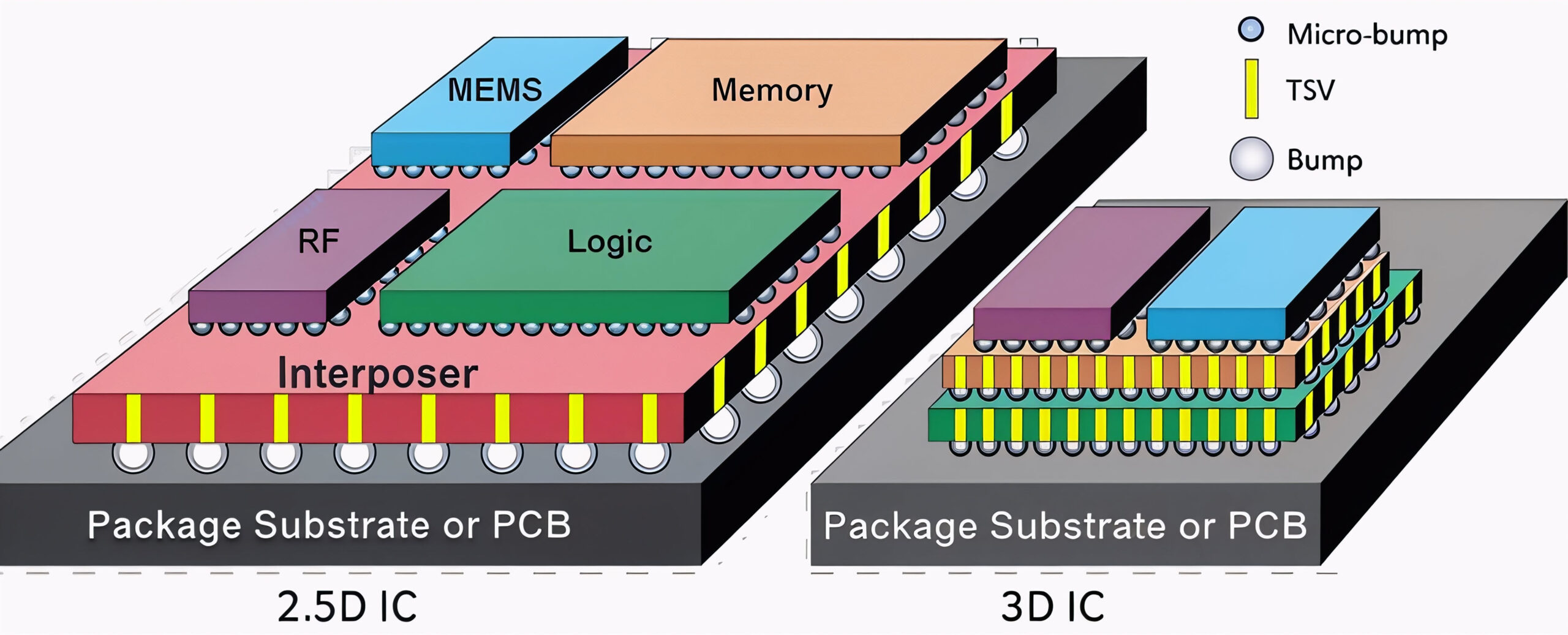 3D ESD verification: Tackling new challenges in advanced IC designBy Dina Medhat Three key takeaways 3D ICs…Read More
3D ESD verification: Tackling new challenges in advanced IC designBy Dina Medhat Three key takeaways 3D ICs…Read More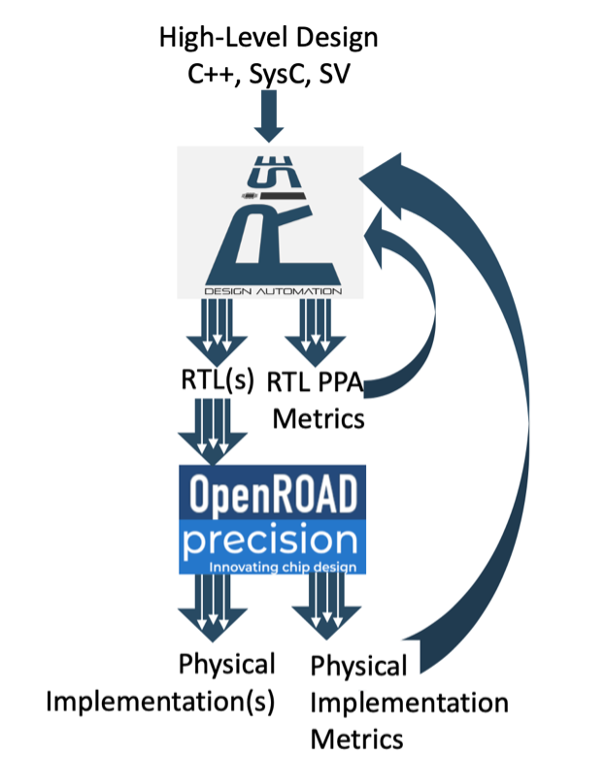 Reimagining Architectural Exploration in the Age of AIThis is not about architecting a full SoC…Read More
Reimagining Architectural Exploration in the Age of AIThis is not about architecting a full SoC…Read More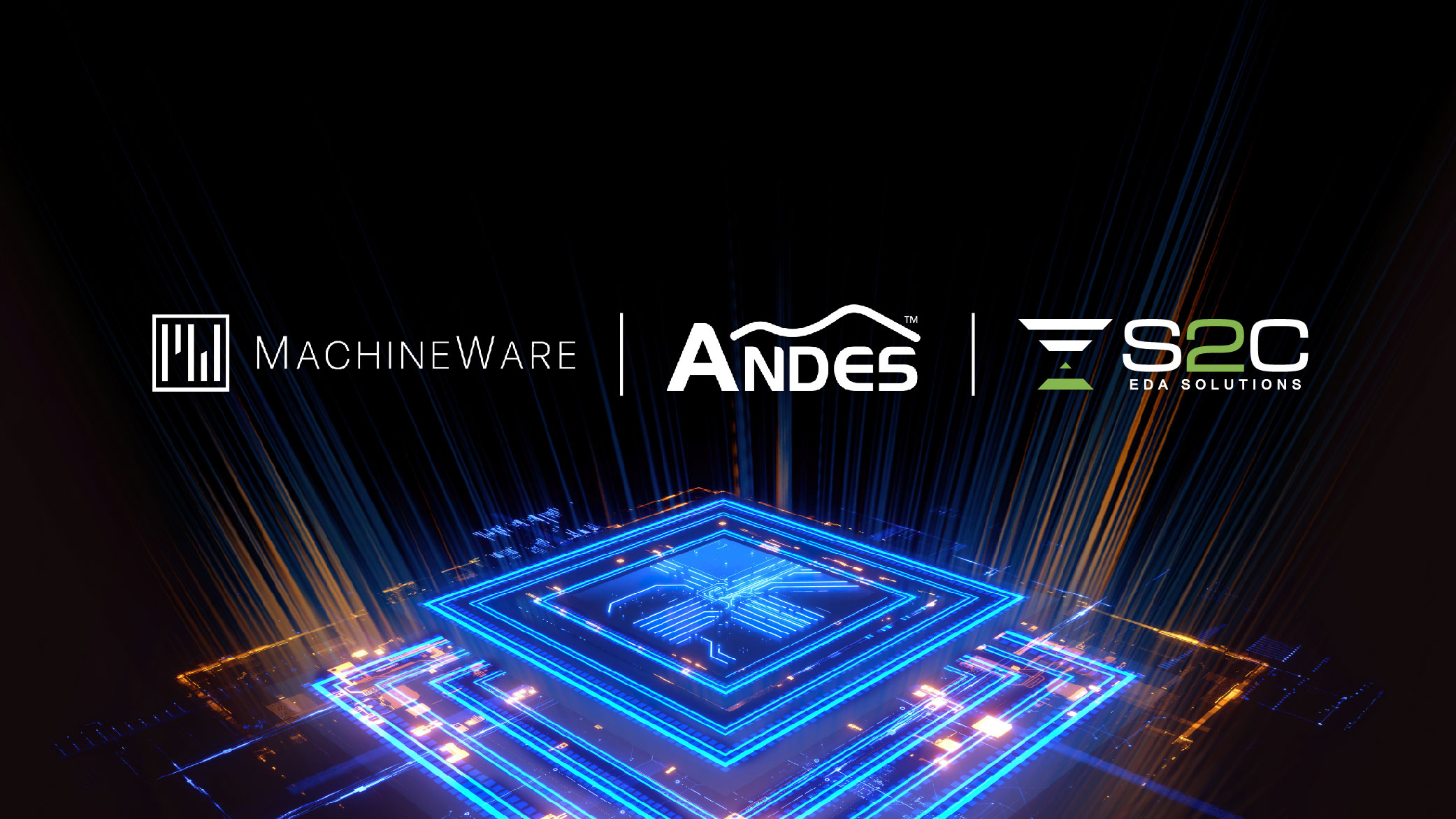 S2C, MachineWare, and Andes Introduce RISC-V Co-Emulation Solution to Accelerate Chip DevelopmentMachineWare, and Andes Technology today announced a collaborative…Read More
S2C, MachineWare, and Andes Introduce RISC-V Co-Emulation Solution to Accelerate Chip DevelopmentMachineWare, and Andes Technology today announced a collaborative…Read MoreARM Partners with Carbon on Cortex-A57
Just in time for DAC, Carbon have announced that they have expanded their partnership with ARM to create and deliver models for the ARM Cortex-A57 processor and related IP. One piece of related IP is the Cortex-A53 which can be configured in big.LITTLE multi-core setups to achieve the sweet spot of higher performance and lower power.… Read More
10 years, 100,000 miles, or <1 DPM
Auto makers have historically been accused of things like planned obsolescence – redesigning parts to make repairs painfully or even prohibitively expensive – and the “warranty time-bomb”, where major systems seem to fail about a week after the warranty expires. Optimists would chalk both those up to relentless innovation,… Read More
SEMulator3D – A Virtual Fab Platform
Yes, it’s a pleasant surprise; it is Virtual Fabrication Platform, one of the new innovations in 2013. I was looking around for what kind of breakthrough technologies will be announced in DAC this year. And here I came across this new kind of innovative tool which can produce final virtual fabricated 3D structures after following… Read More
You can tune a piano, but you can’t tune a cache without help
Once upon a time, designing a product with a first generation SoC on board, we were trying to use two different I/O peripherals simultaneously. Seemed simple enough, but things just flat out didn’t work. After days spent on RTFM (re-reading the fine manual), we found ourselves at the absolute last resort: ask our FAE.
After about… Read More
DAC lunch seminar: Better IP Test with IEEE P1687
What: DAC lunch seminar (register here)
When: June 5, 2013, 11:30am – 1:30pm
Where: At DAC in lovely Austin, TX
Dr. Martin Keim of Mentor Graphics will present this overview of the new the IEEE P1687 standard, called IJTAG for ‘internal’ JTAG.
If you are involved in IC test*, you’ve probably heard about IJTAG. If you … Read More
ARM SoC Hardening
Last year at DACI discovered a physical IP company called DXCorrthat competed against giant ARM. This year the company has selected a different direction, so I got caught up with Nirmalya Ghosh, the CEO to hear about the changes.
Nirmalya Ghosh, DXCorr
… Read More
NanGate Launches Aggressive DAC Campaign: 50 Library Characterization Licenses for USD 50K
NanGate today announced a very aggressive “50-50 campaign”. Throughout June and July and in celebration of DAC 50th anniversary, NanGate will be offering 50 licenses of its Library Characterizer™ product for USD 50K for the first year. The offer applies to new customers as well as to existing customers that do not yet license the… Read More
TSMC ♥ Berkeley Design Automation
As I mentioned in BDA Takes on FinFET Based Memories with AFS Mega:
Is AFS Mega real? Of course it is, I’m an SRAM guy and I worked with BDA on this product so I know. But don’t take my word for it, stay tuned for endorsements from the top SRAM suppliers around the world.
Here is the first customer endorsement from the #1 foundry.… Read More
2013 semcionductor market forecast lowered to 6% from 7.5%
The global semiconductor market was weaker than expected in 1Q 2013, down 4.5% from 4Q 2012 according to WSTS. Much of the softnes was attributable to a major falloff in the PC market. According to International Data Corporation (IDC), 1Q 2013 PC shipments were down 15% from 4Q 2012 and down 14% from 1Q 2012. Other key end markets remained… Read More

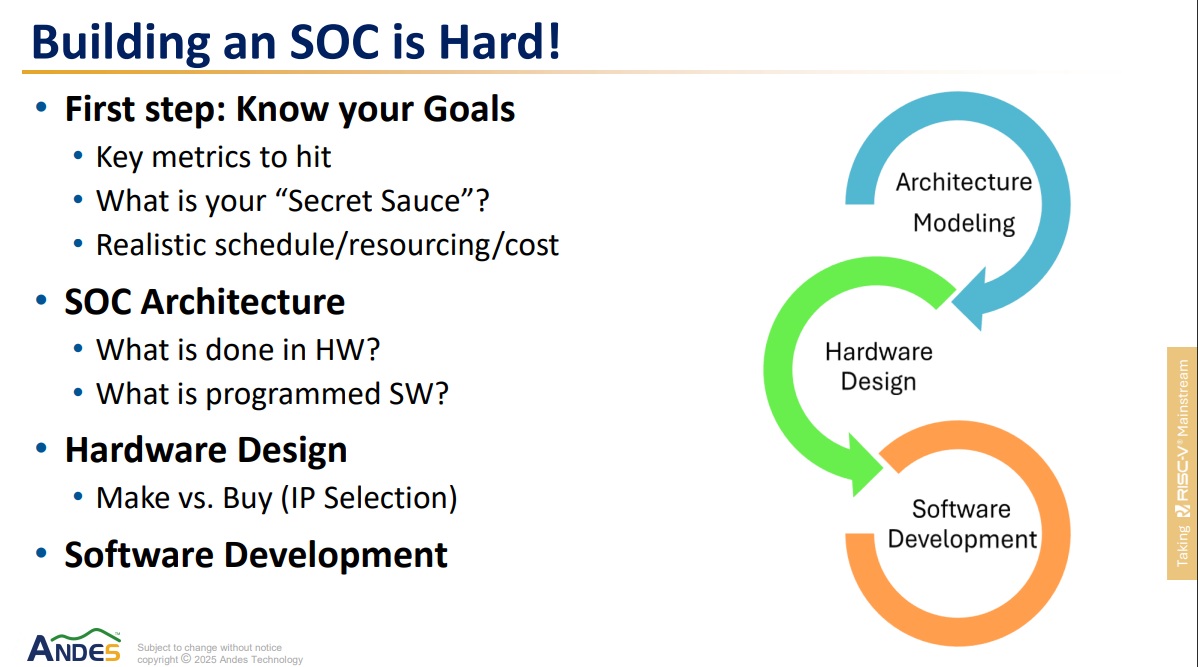


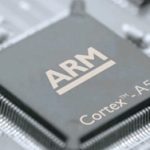


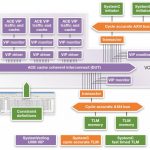


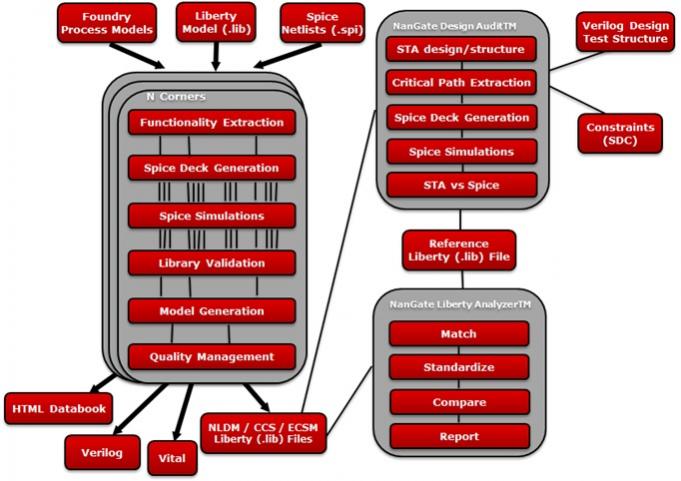

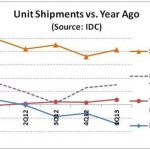
Quantum Computing Technologies and Challenges